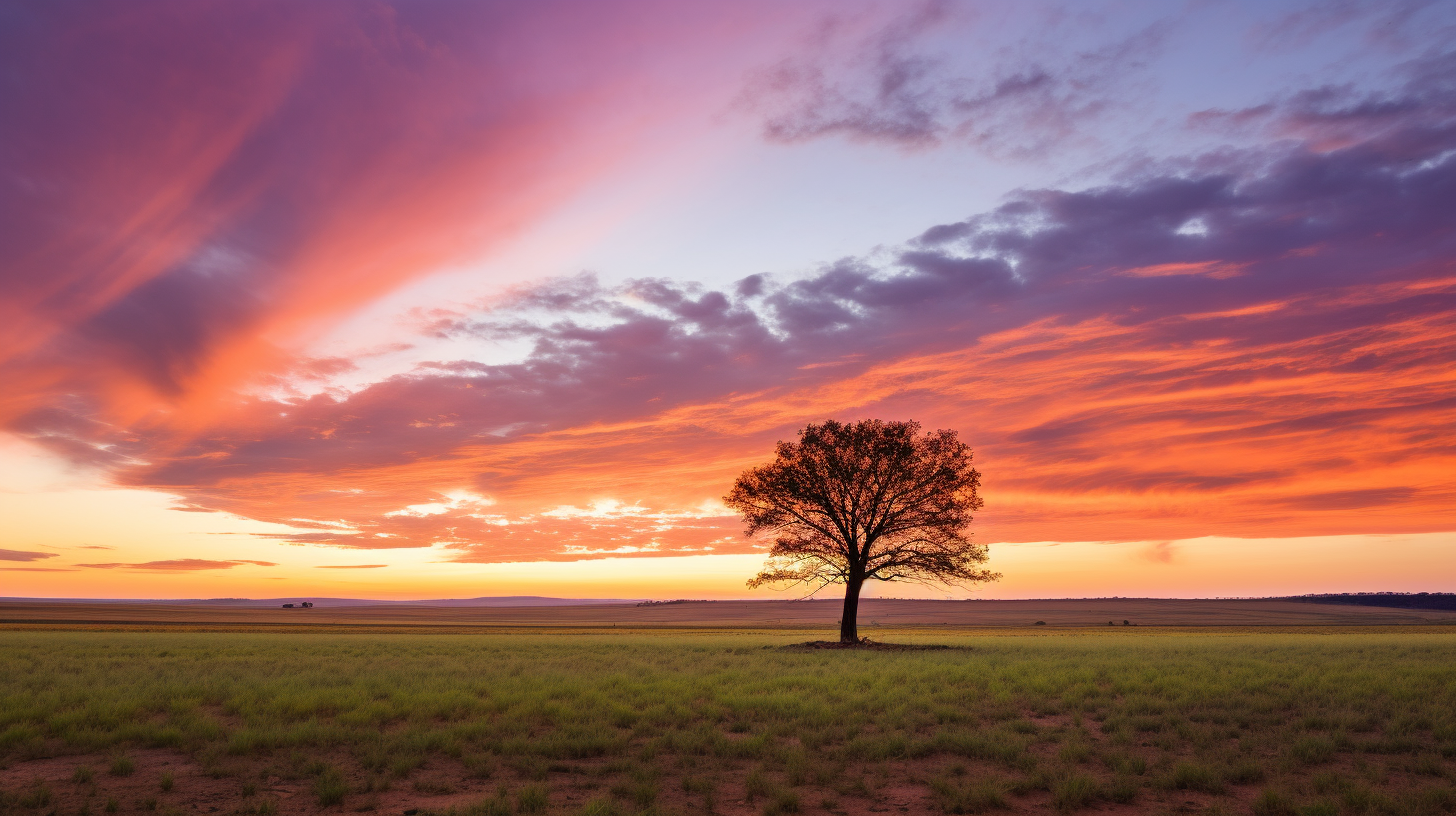Post
Photography is a powerful art form that allows us to capture and share moments, tell stories, and express ourselves creatively. However, as photographers, we have a responsibility to uphold ethical standards in our practice. One of the key ethical considerations in photography is obtaining consent from the subjects we photograph. It is important to respect their privacy and dignity, especially when photographing vulnerable individuals such as children, the elderly, or those in distress. We should always seek permission before taking someone's photo, and be sensitive to cultural and social norms regarding photography. Another important aspect of ethics in photography is maintaining the integrity of the image. While post-processing techniques can enhance and refine our photos, we should avoid altering the reality captured in our images to a significant extent. This means refraining from adding or removing elements that would distort the truth or misrepresent the scene. Additionally, we should be conscious of the impact our photographs may have on the subjects and broader communities. Photographs can shape perceptions, reinforce stereotypes, or perpetuate biases. As ethical photographers, we should strive to create images that promote understanding, empathy, and diversity. Finally, it is crucial to give proper attribution to the work of others. Plagiarism is a violation of ethical standards and intellectual property rights. We should always credit the photographers or artists whose work has inspired us or influenced our own. By adhering to these ethical principles, we can create meaningful and responsible photography that reflects our values and respects the people and environments we photograph.Subject: A lone tree standing tall against a dramatic sky at sunset.
Background: The photo is taken in a vast open field, with rolling hills in the distance. The tree is positioned slightly off-center in the frame, drawing the viewer's attention towards it.
Mood: The mood of the photo is both serene and haunting. The combination of the vibrant sunset colors and the solitary tree creates a sense of solitude and introspection.
Camera Type: Full-frame DSLR.
Lens: A wide-angle lens (e.g., 24mm).
Aperture: f/8 to ensure a deep depth of field, capturing the intricate details of the tree and the landscape.
Shutter Speed: 1/60th of a second, to prevent any motion blur caused by the wind or other factors.
ISO: Set at 100, to maintain low noise and ensure maximum image quality.
Other Settings: White balance set to auto, as the warm tones of the sunset will be accurately captured. The camera is mounted on a sturdy tripod to ensure stability during the longer exposure time.
Additional Notes: To enhance the vibrancy and contrast in post-processing, a graduated neutral density filter is used to balance the exposure between the bright sky and the darker foreground. A slight increase in saturation and a touch of vignetting are applied to add to the photo's overall atmosphere.
The resulting image captures the ethereal beauty of nature, with the tree acting as a symbol of resilience and strength amidst a vast and ever-changing world.
